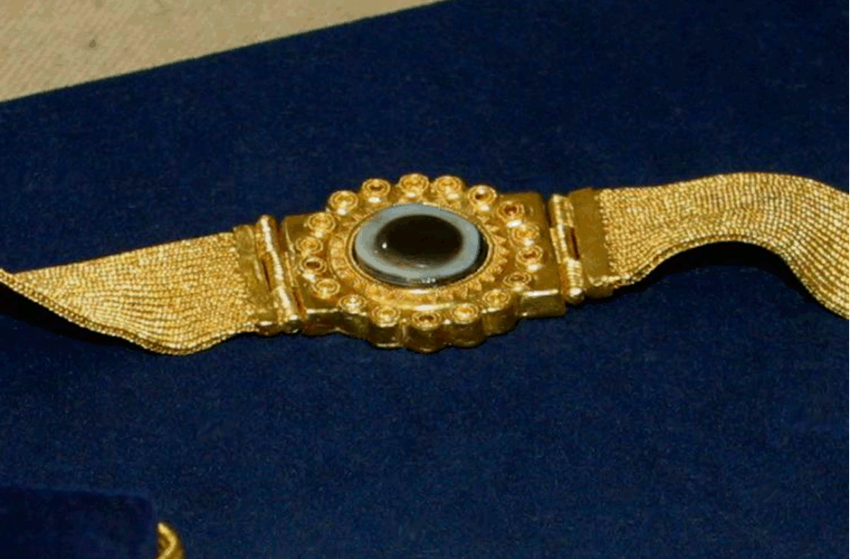Rediscovering the Splendor of Assyria: The Treasure of Nimrud
In the annals of archaeological discoveries, few finds have sparked as much excitement and awe as the treasure of Nimrud. Unearthed in the 1980s, this collection of artifacts from the ancient Assyrian city of Nimrud, located in the Tigris Valley of Northern Iraq, rivals the discovery of King Tutankhamun’s tomb in its historical significance and the sheer beauty of the items recovered. Yet, despite its importance, the treasure of Nimrud has not reached the same level of global recognition as its Egyptian counterpart.
Get your dose of History via Email
The Ancient City of Nimrud and Its Significance
Nimrud, known in antiquity as Kalkhu, served as a capital of the Assyrian Empire for over 150 years, until the capital was moved to Dur-Sharukin in 717 BC. The city’s strategic location and its rich history make it a key site for understanding the Assyrian Empire, one of the greatest empires of the Ancient Near East around the 14th century BC. The first archaeological dig at this site was conducted over 150 years ago by a British mission, uncovering many reliefs and providing a glimpse into the grandeur of Assyrian civilization.
The Discovery of the Royal Tombs
The royal tombs of Nimrud were first discovered in April of 1989 by an expedition of the Iraqi Department of Antiquities and Heritage. This discovery revealed the final resting places of Assyrian queens, including Yaba, Banitu, and Atalia, who were interred with a vast array of gold jewelry, vessels, ornaments, and other precious items. The artifacts, dating back approximately 2700 years, showcased the sophisticated craftsmanship of Assyrian artisans, with items adorned in gold, carnelian, lapis lazuli, and other precious materials.
The Treasures Unveiled
Among the treasures recovered were hundreds of gold jewelry items weighing over 26 kg, including necklaces, armlets, rings, bracelets, crowns, anklets, amulets, and clothing decorations. The craftsmanship displayed in these items, such as the intricate gold necklaces with pendants of solid gold or inlaid with agate, and bracelets connected to sets of rings, highlights the advanced artistic skills of the Assyrians. The most exquisite piece, a gold crown worn by a young woman, featured a golden flower, thin gold leaves, figures with inlaid eyes and wings, and intricate lapis lazuli grape pendants.
The Journey of the Treasures
After their discovery, the treasures were added to the collection at the Baghdad Museum. However, following the fall of Saddam Hussein, there were fears that these artifacts had been lost to looters. In a remarkable turn of events, the treasures of Nimrud were found in 2003, hidden safely in a flooded vault of the Central Bank of Iraq by a team funded by the National Geographic Society. This discovery ensured that the treasures would continue to be admired and studied, providing invaluable insights into Assyrian culture and craftsmanship.
The Legacy of Nimrud’s Treasures
The treasures of Nimrud, while not as widely known as those of King Tutankhamun, are equally significant in their contribution to our understanding of ancient civilizations. They offer a window into the opulence and sophistication of the Assyrian Empire, reflecting the artistic and cultural achievements of a civilization that thrived over 2700 years ago. The survival of these treasures, despite the challenges of war and looting, is a testament to the enduring legacy of the Assyrian queens and the rich heritage of the ancient Near East.
Sources

